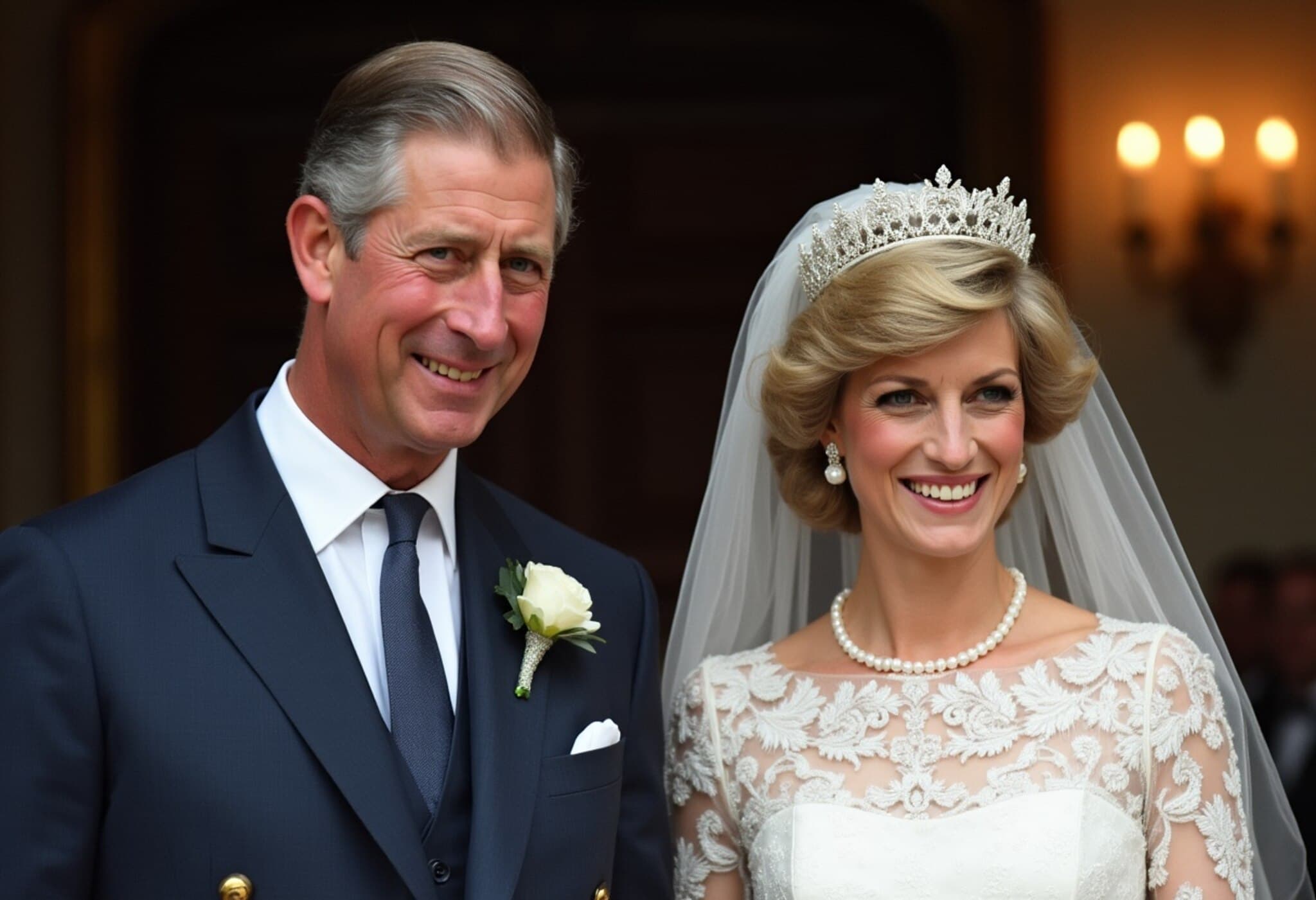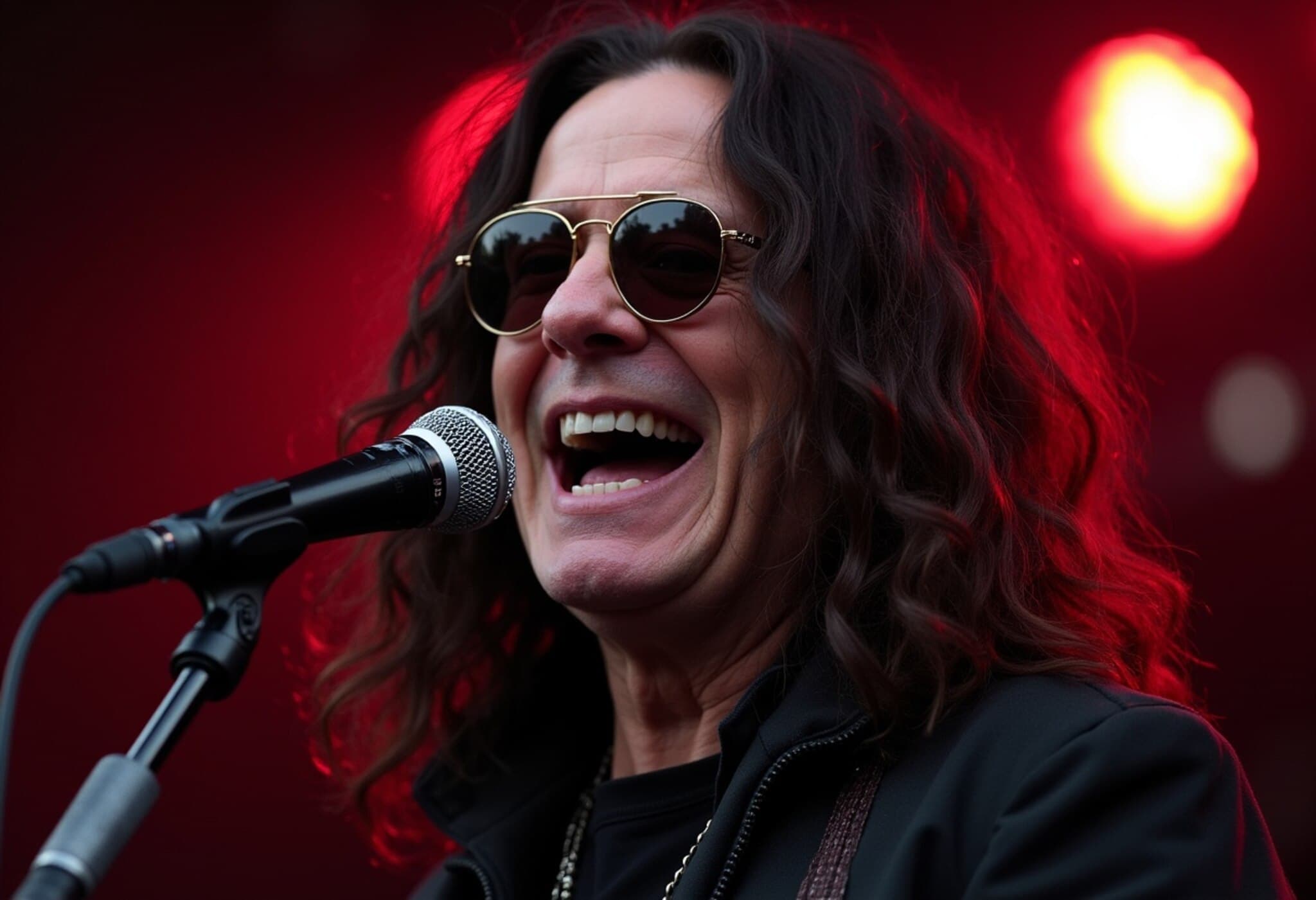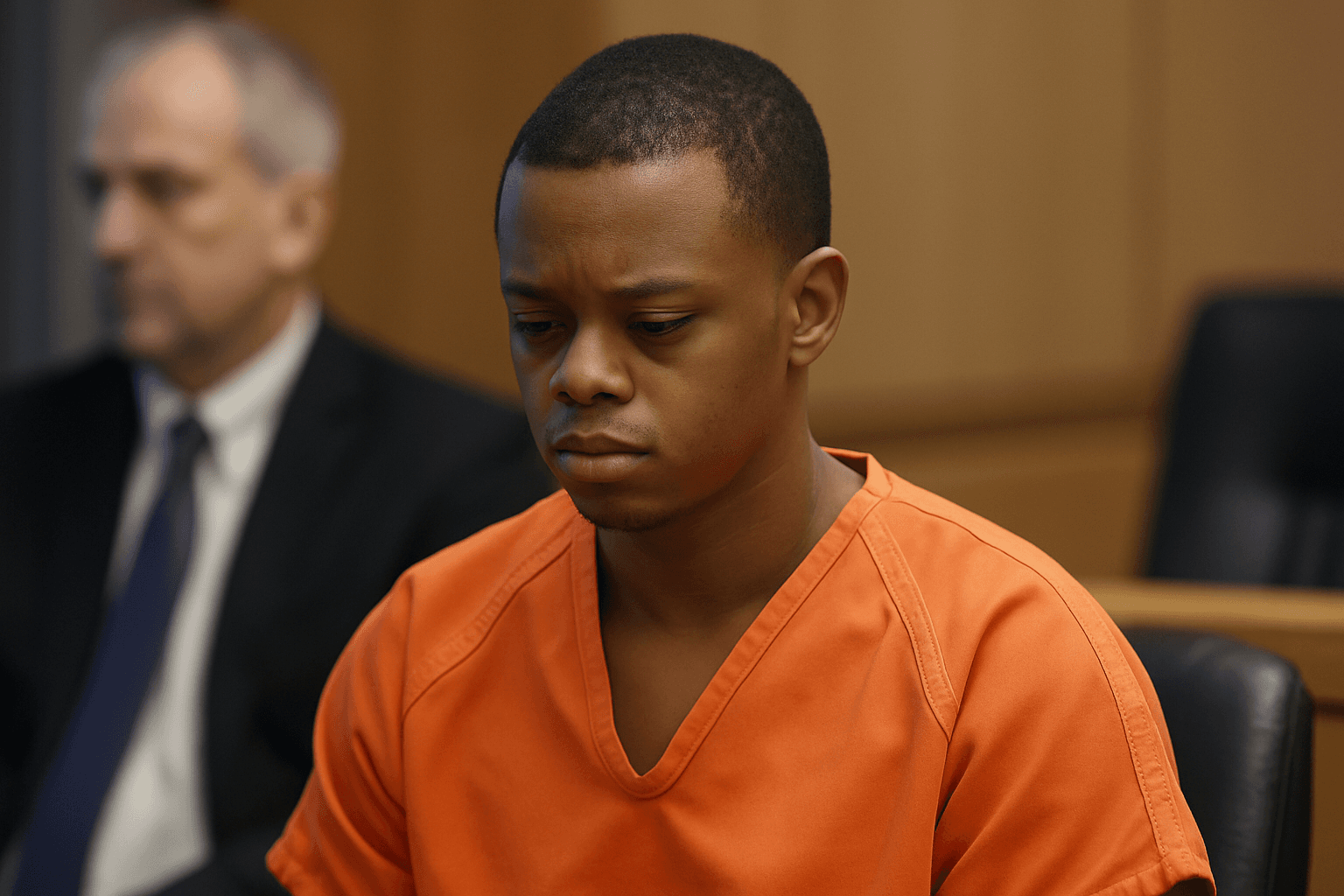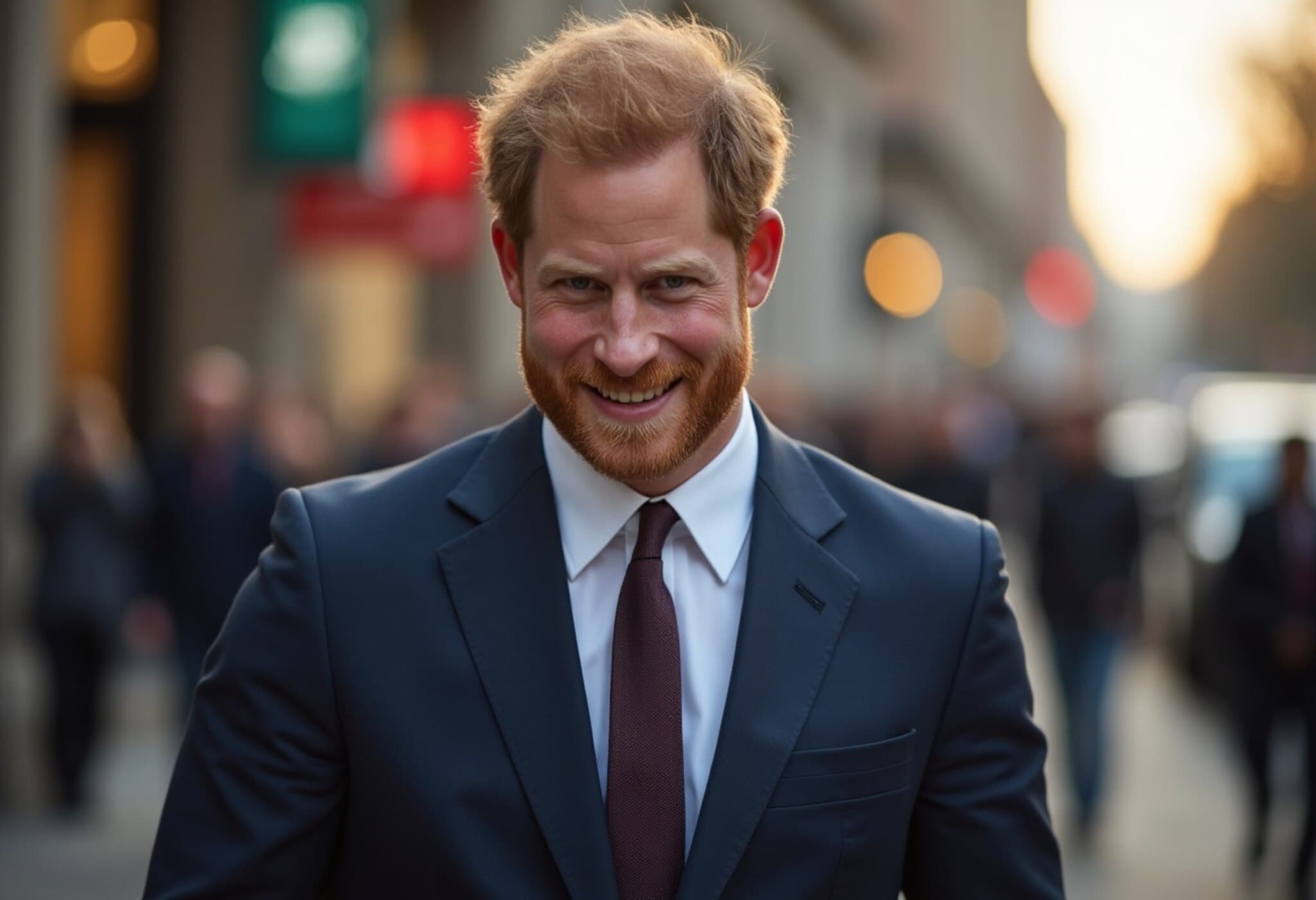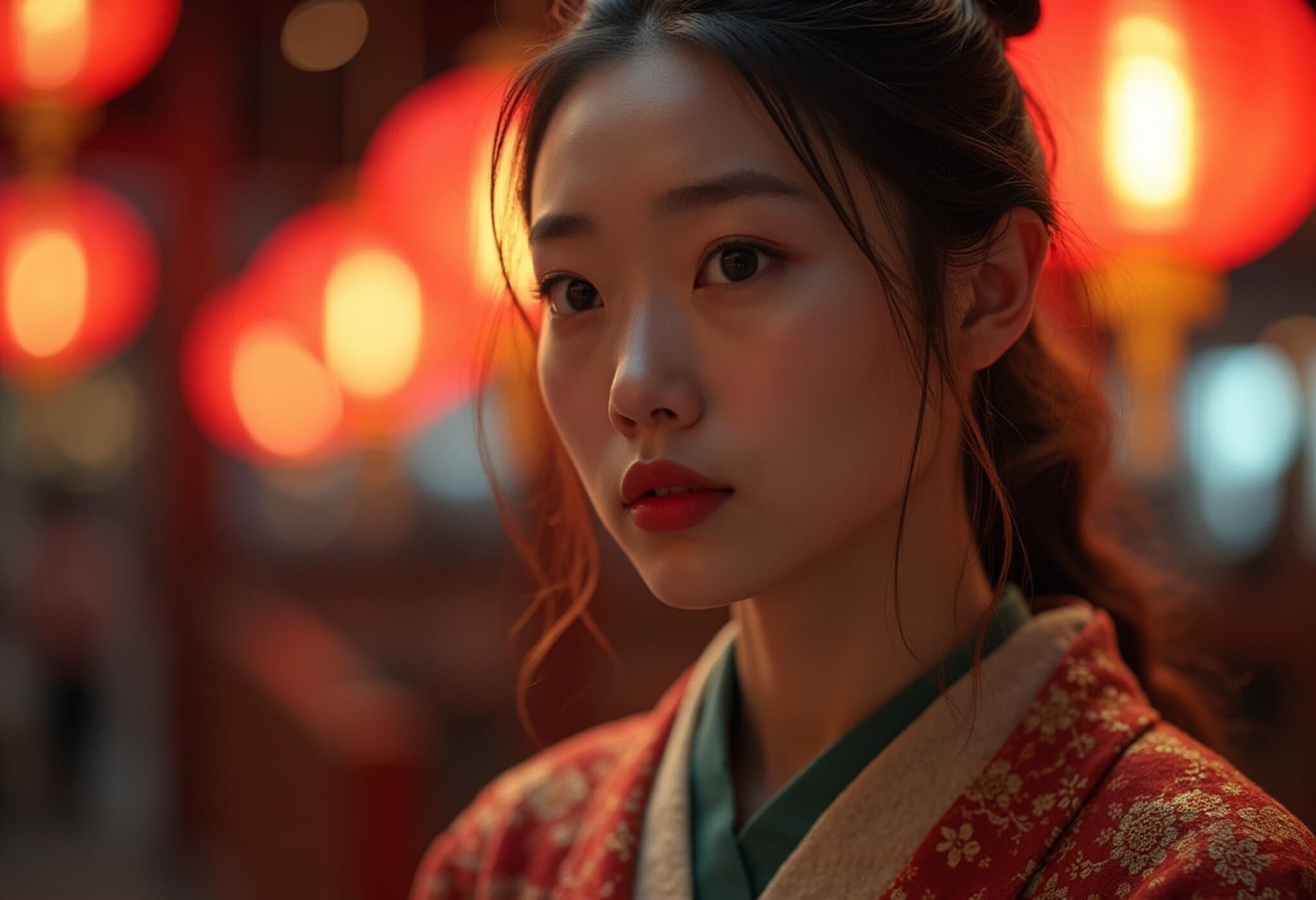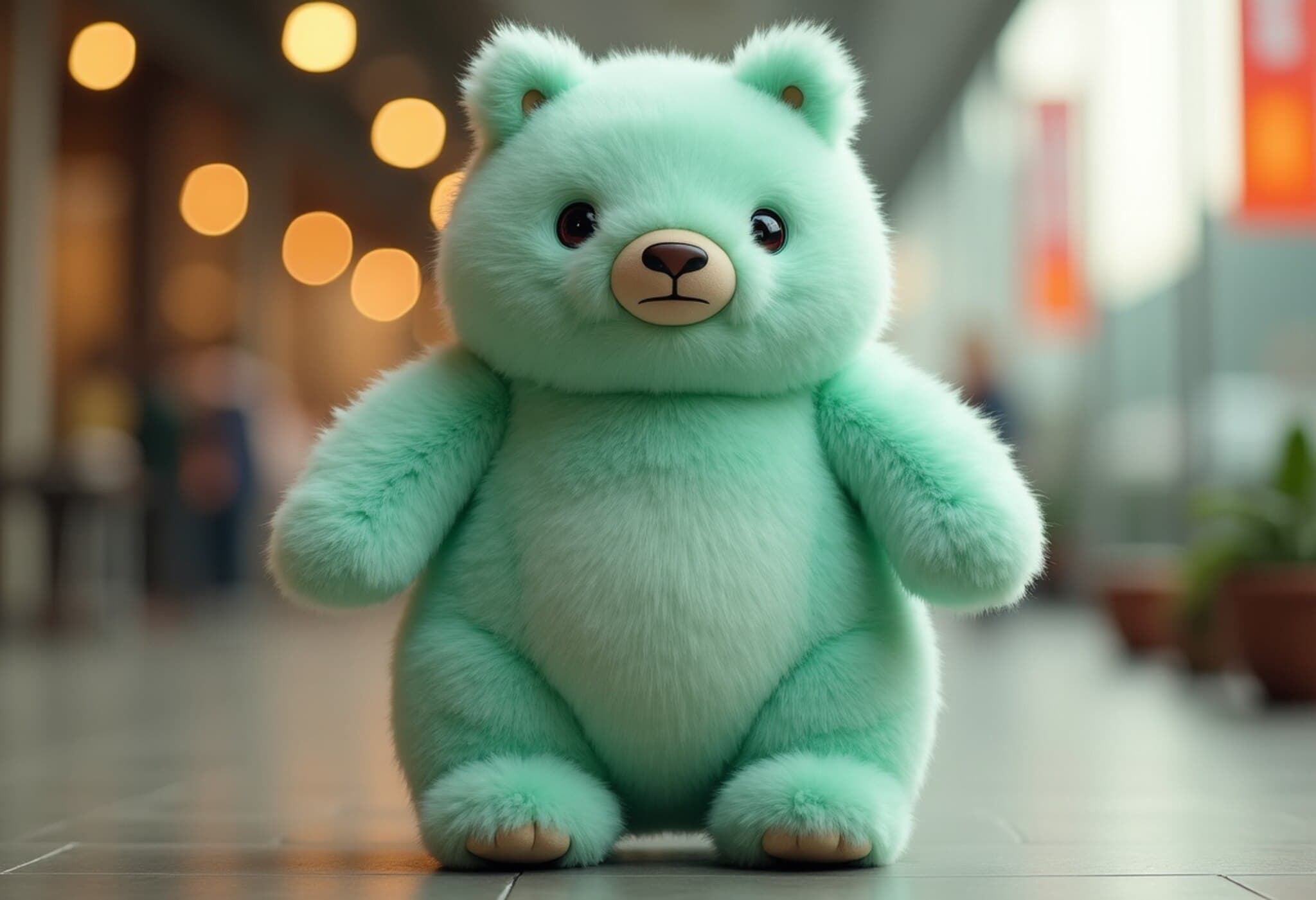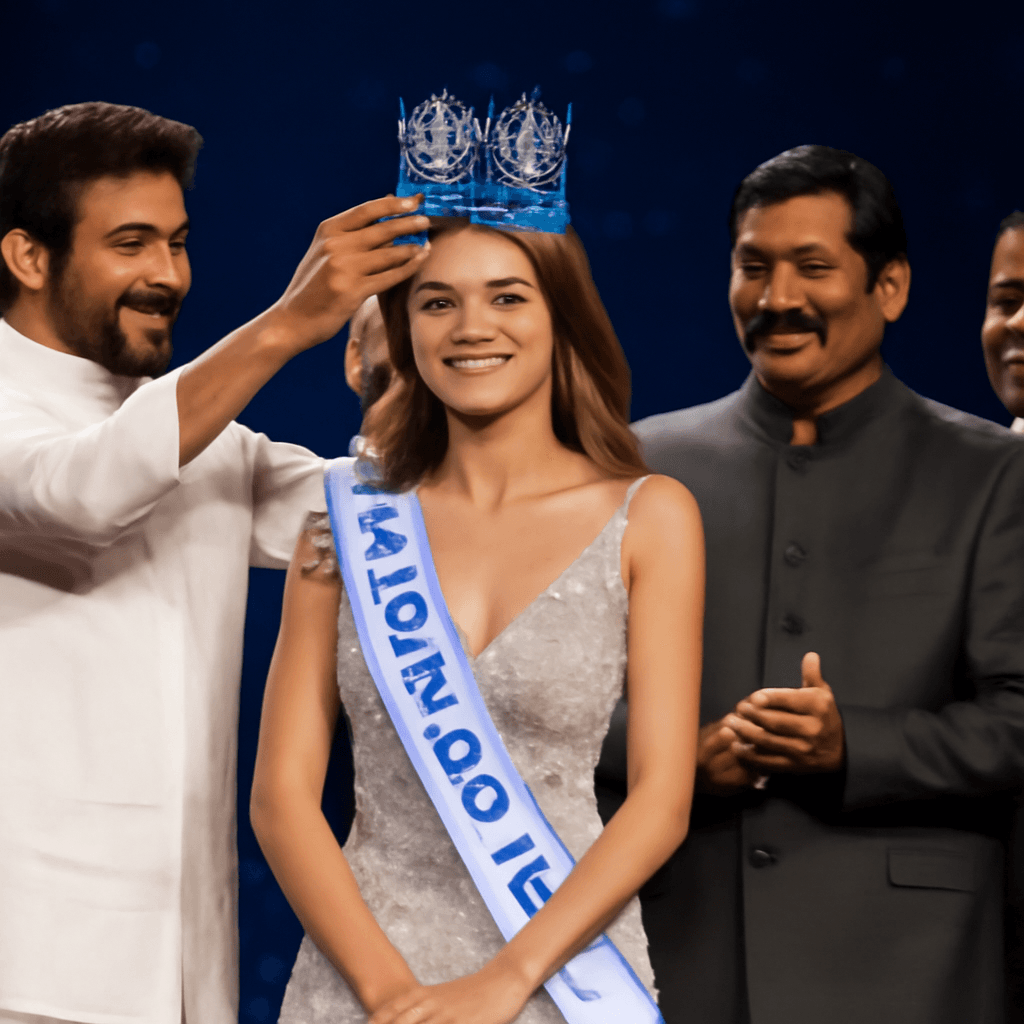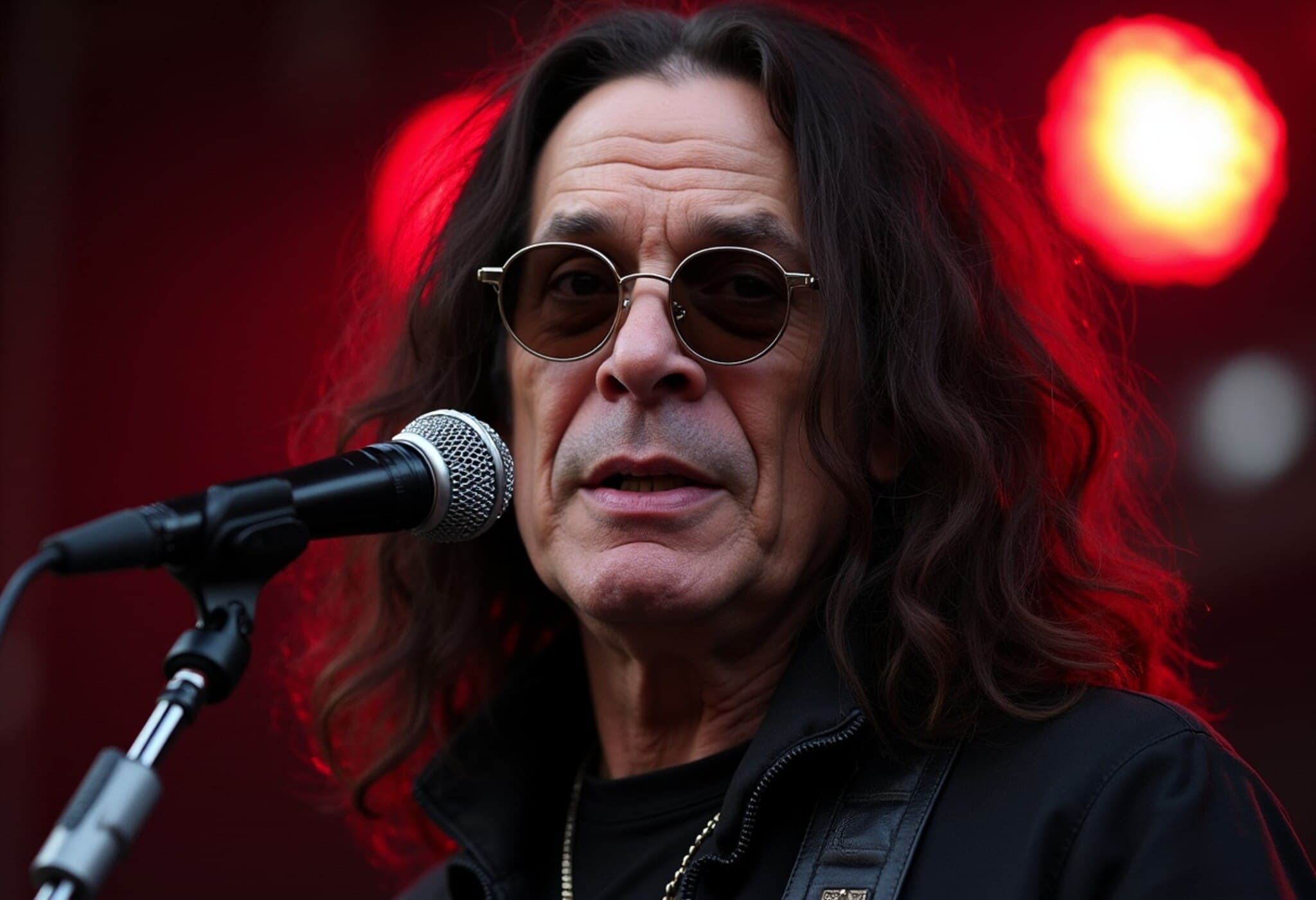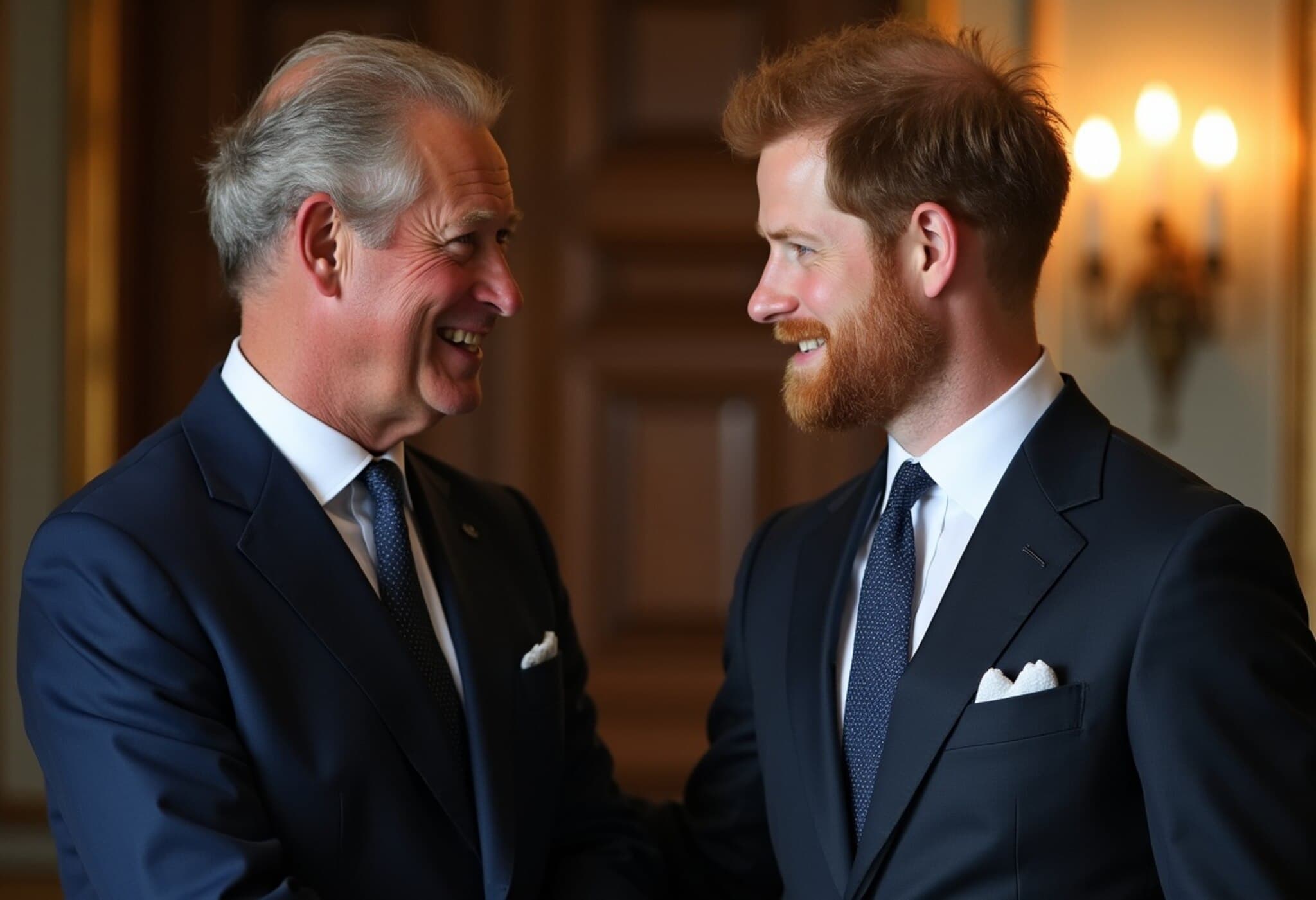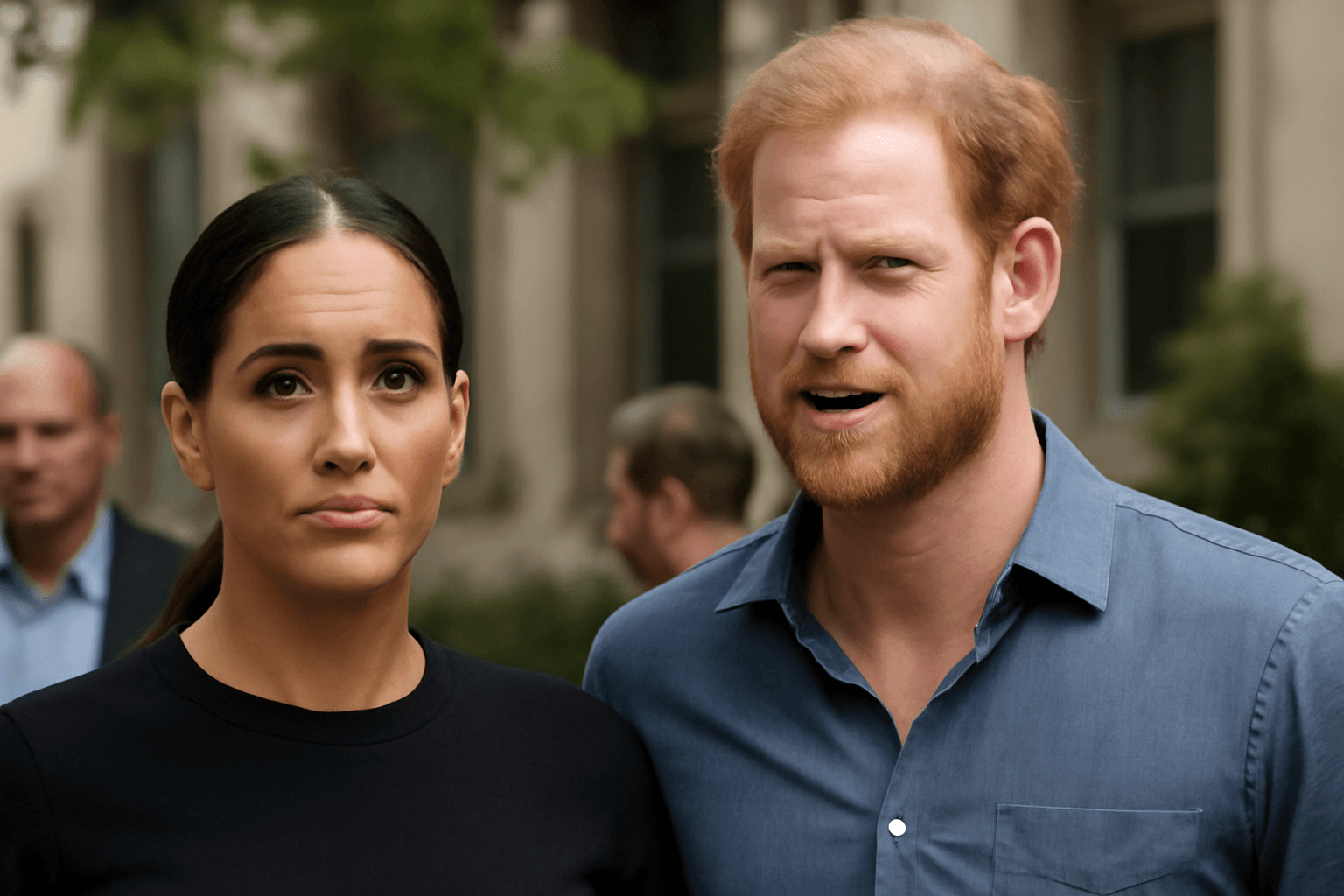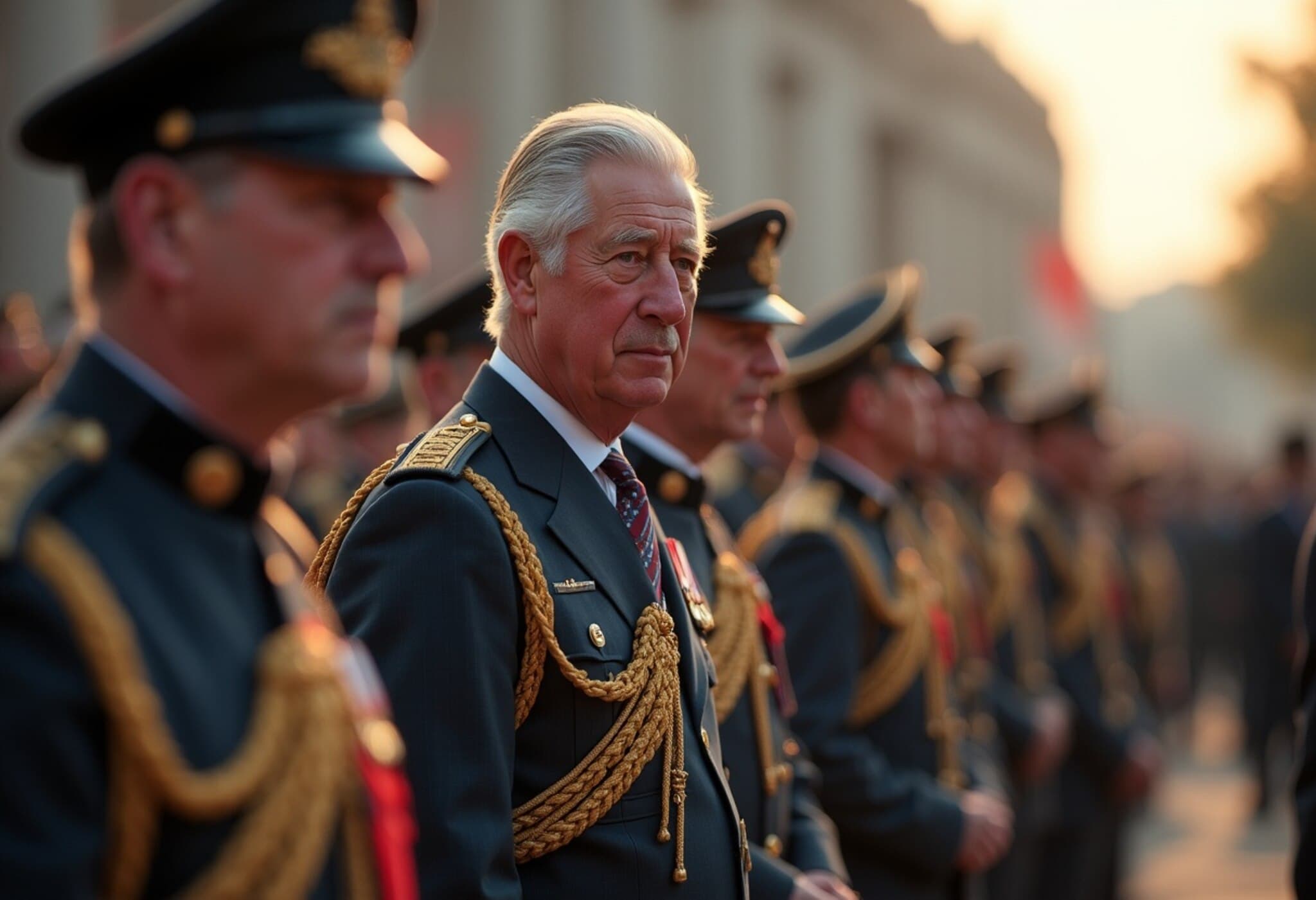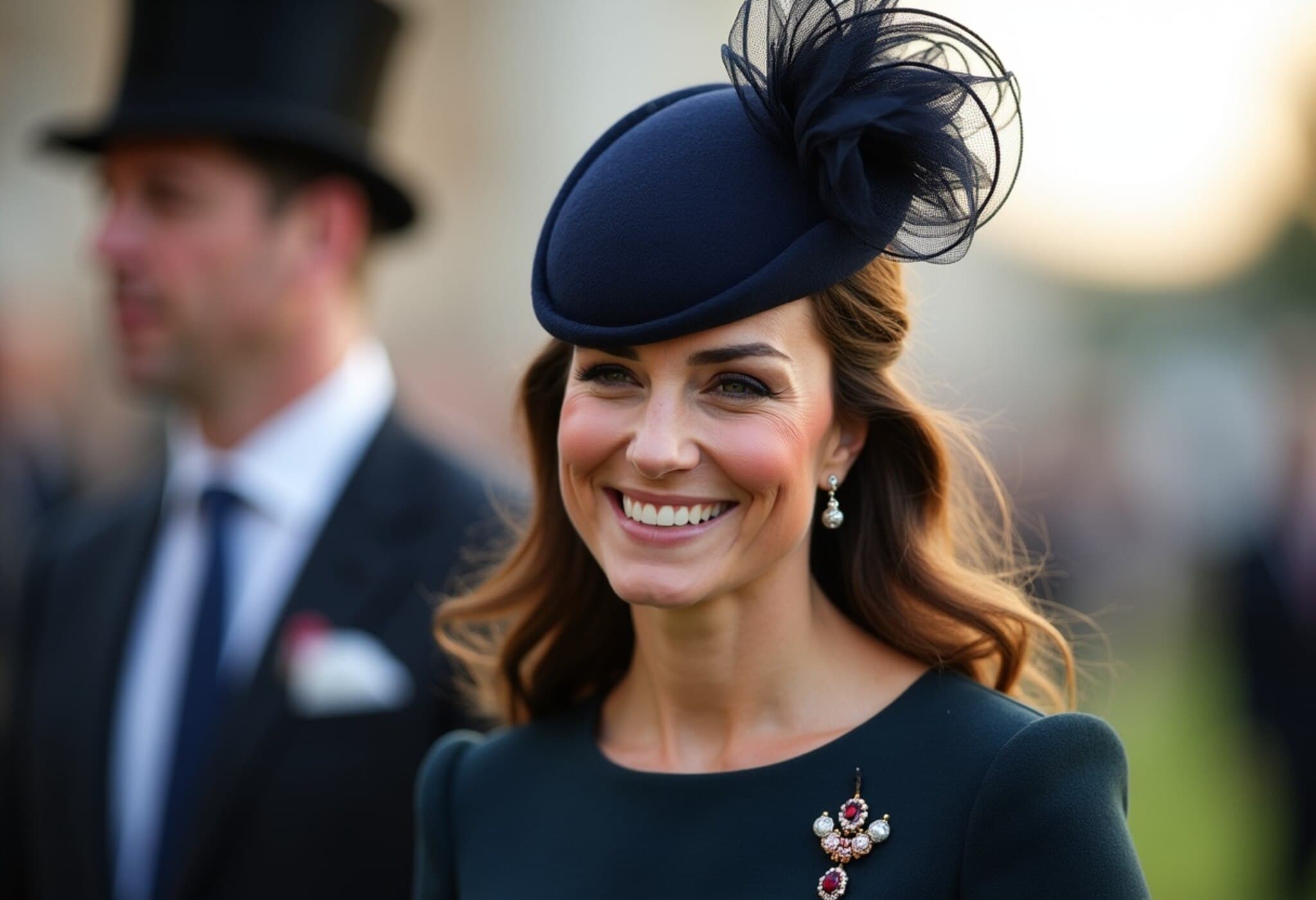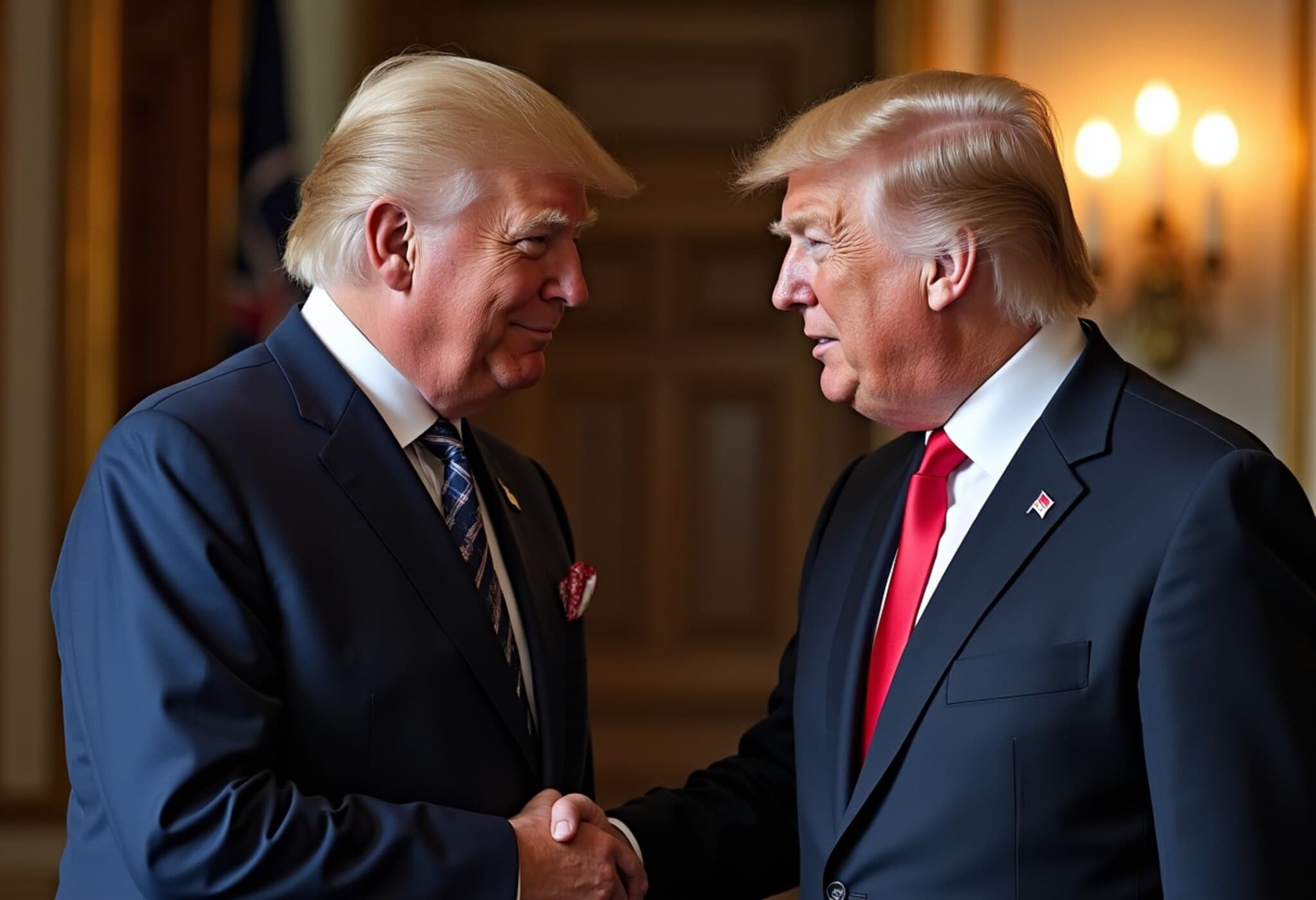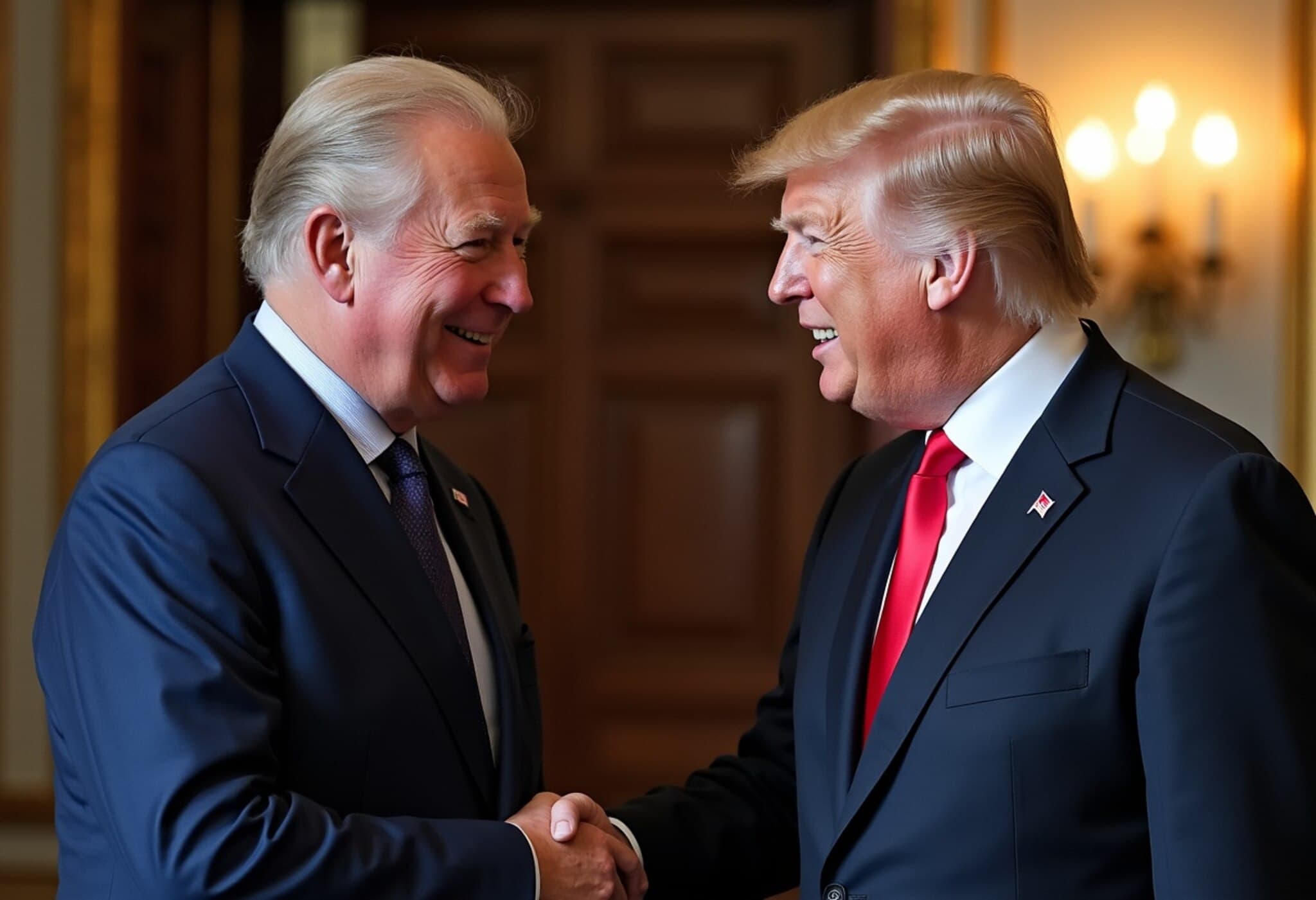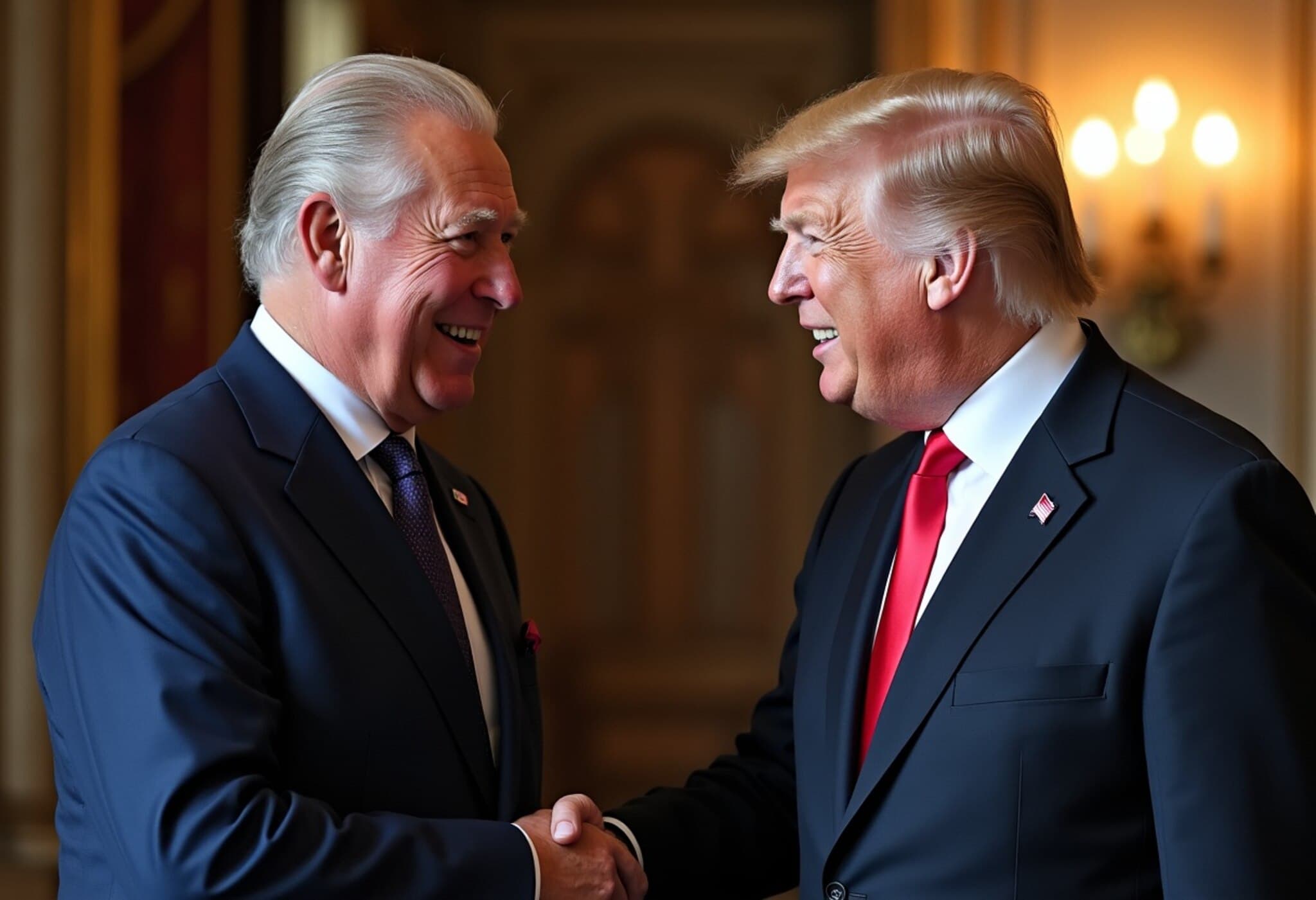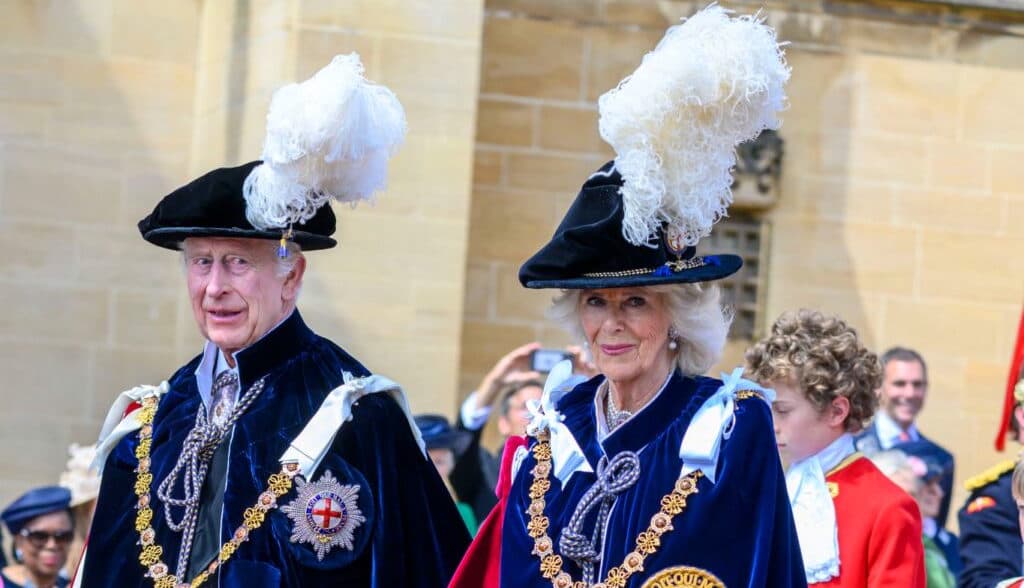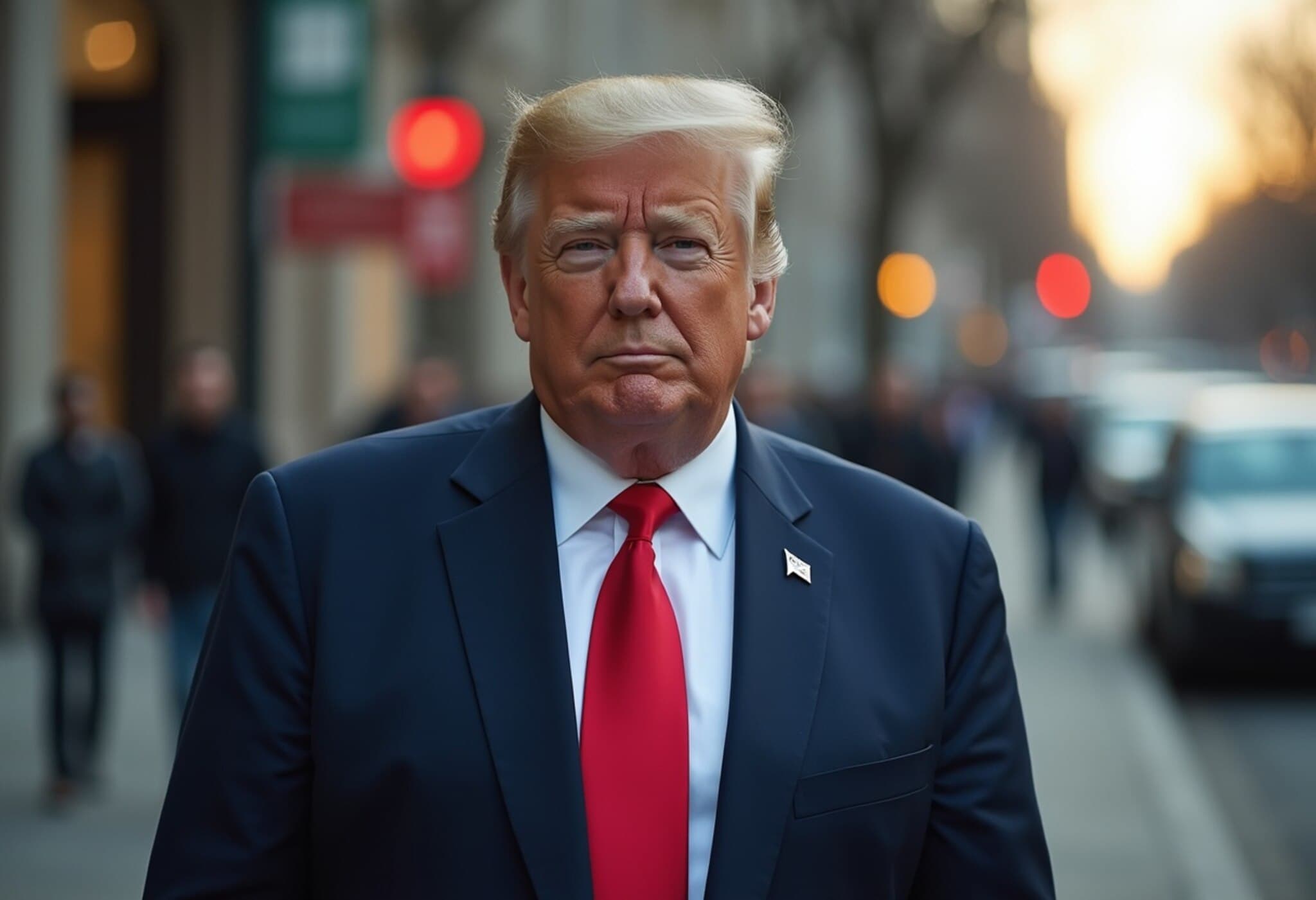Behind the Royal Wedding: Charles’ Tears and a Love Torn Apart
The iconic wedding of King Charles and Princess Diana in 1981 was often portrayed as a fairy tale moment watched by millions worldwide. Yet, beneath the glitz and glamour, new insights reveal a poignant and troubled love triangle that shadowed their union from the very start. According to royal insiders, Charles did not celebrate the night before his wedding — he wept, torn by lingering feelings for Camilla, the woman he had loved before Diana.
The Night Before: Shared Heartbreaks
Royal expert Ian Pelham Turner shared with Fox News Digital a revealing detail: both Charles and Diana cried the night before their wedding. Diana, overcome by doubt and uncertainty, confided in her sister about her reluctance to proceed, only to be told it was too late — their images were already immortalized on souvenir tea towels. Meanwhile, Charles’ tears were stirred by his emotional connection to Camilla. In a symbolic and quietly defiant gesture, he reportedly wore cufflinks embossed with Camilla’s insignia during the ceremony, keeping her close in both memory and sentiment.
A Love Triangle Entwined with Duty and Constraint
Charles’ feelings for Camilla Parker Bowles were far from secret within royal circles, yet the rigid expectations of the British monarchy and Church of England left no room for a divorced woman like Camilla. Biographer Sally Bedell Smith and People magazine recount how, on the eve of marrying Diana, Charles was emotionally torn—his heart caught between personal desire and royal duty.
The royal establishment pressured Charles to choose a bride embodying youth, innocence, and aristocratic pedigree—a profile Diana perfectly fit. Camilla’s history and status rendered her 'unsuitable' in the eyes of the institution, sidelining her despite Charles’ affections.
A Marriage Predestined for Conflict
Royal commentator Hilary Fordwich explains that Charles faced intense pressure from senior royals, including Prince Philip, to marry Diana. His godmother, Patricia Mountbatten, reportedly warned him against the union due to his ongoing emotional entanglement with Camilla.
From the outset, the marriage faced challenges. Diana’s early discovery of a bracelet commissioned by Charles for Camilla haunted the honeymoon, deepening mistrust and emotional wounds. Adding to the strain were stark age differences, diverging personal interests, and Diana’s private battles with mental health issues, including bulimia.
As noted by royal historian Richard Fitzwilliams, “From the start, the public embraced Diana’s image, but behind closed doors, she wrestled with profound anguish.”
Camilla’s Lingering Shadow and Diana’s Growing Despair
Initially, Diana approached the marriage with sincere hope. However, the pervading presence of Camilla—who notably attended the wedding ceremony as the then-wife of Andrew Parker Bowles, dressed subtly in pale grey—quickly eroded that optimism. Camilla’s informal but unmistakable influence remained intertwined in Charles’ life, casting a persistent shadow over the marriage.
Diana’s candid 1995 BBC interview poignantly captured the emotional reality: "Well, there were three of us in this marriage, so it was a bit crowded." This line crystallized the tragedy of a love story complicated by duty, societal expectations, and unresolved emotions.
Expert Insight: The Royal Triangle’s Lessons
This narrative offers a compelling lens on how public duty can come into painful conflict with private emotions, especially within the rigid structures of monarchy. The pressure on Charles to marry for appearance rather than affection illustrates the challenges that arise when tradition clashes with personal happiness.
Moreover, Diana’s early mental health struggles—long underreported—highlight the human cost of these royal expectations. In a broader American legal and cultural context, their story opens conversations about individual rights versus institutional demands, and the psychological toll of such constraints.
- Marriage as Public Performance: The Charles-Diana wedding underscores how royal unions often reflect institutional priorities over personal ones.
- Unseen Emotional Costs: Mental health struggles within high-profile relationships highlight the need for greater awareness and support.
- Legacy of the Love Triangle: Understanding this history illuminates ongoing discussions about monarchy modernization and personal freedom.
Editor’s Note
The emotional toll of King Charles and Princess Diana’s wedding night reveals how deeply personal decisions can be entangled in institutional obligations. Their story urges us to look beyond glittering public ceremonies to the complex human emotions beneath. As monarchies worldwide grapple with modernization, the lessons here resonate widely—prompting reflection on the balance between tradition, duty, and individual well-being.
For readers intrigued by the intersection of historical legacy and contemporary emotional realities, this narrative invites us to reconsider how love, duty, and public expectation collide in the lives of those often viewed only through the lens of royalty.

